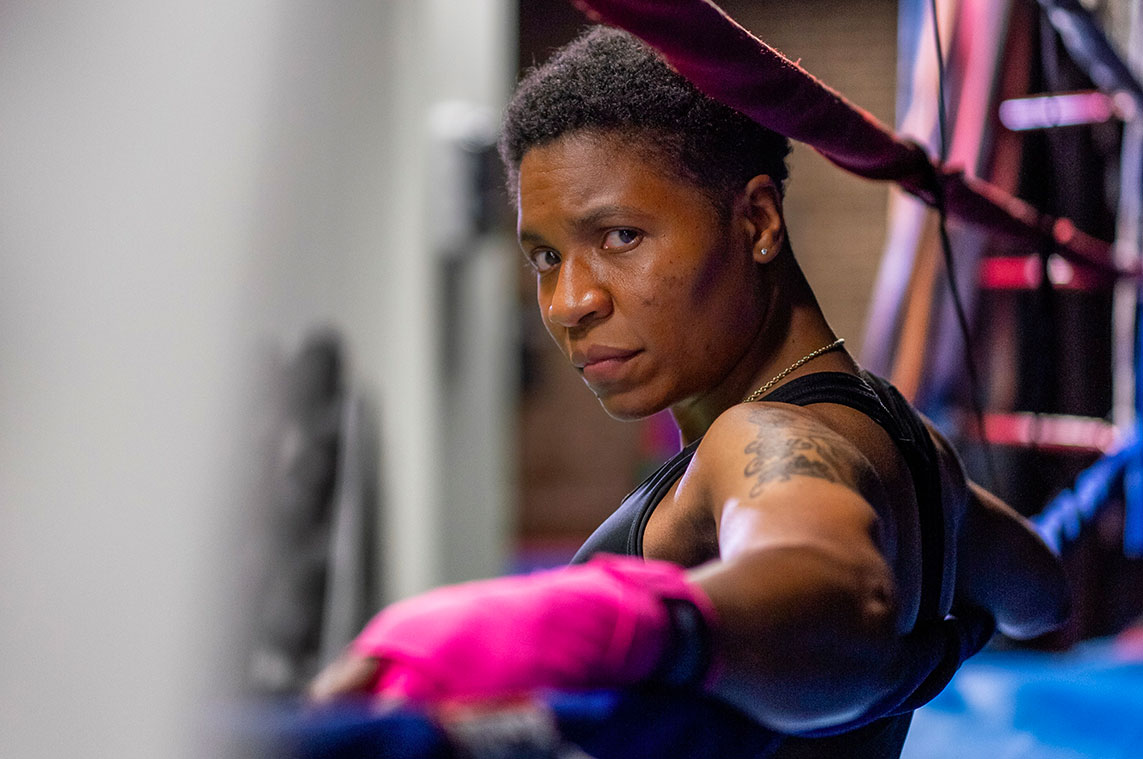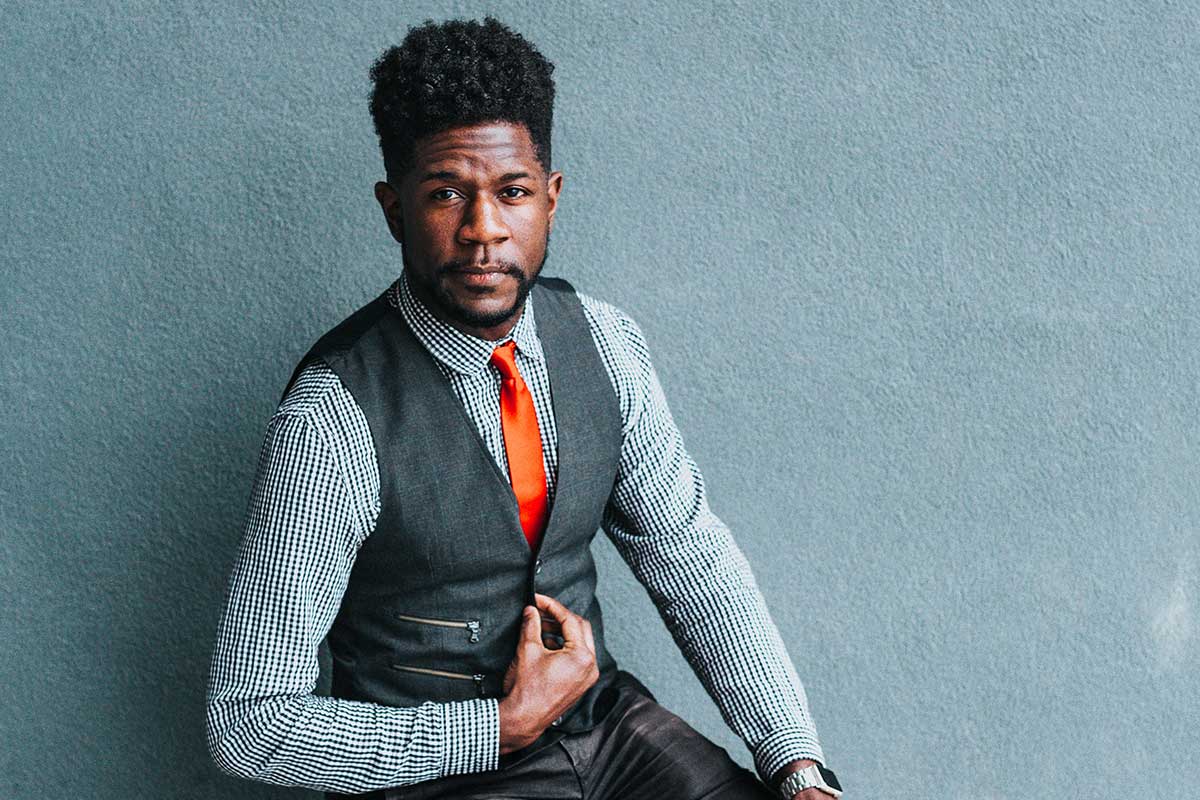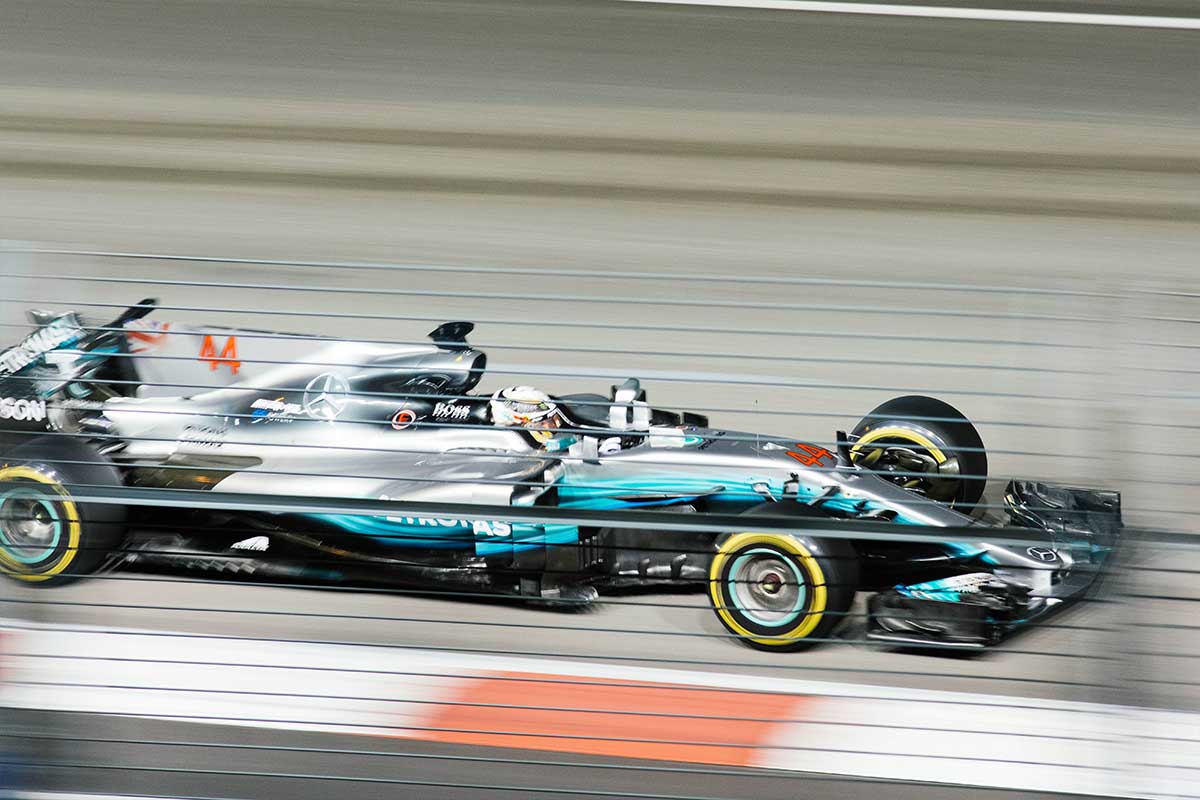The Reality Check
Only 0.01 of high school athletes reach a professional career in sports. 59% of high school athletes believe they will get a college scholarship, but less than 1% of them will receive it.
The fame of being a professional athlete is very attractive to young high school or college athletes trying to figure out their futures. What is better than taking something you are good at and making a living out of it? Young athlete and their parents need to be aware of these facts. The number of high school athletes who end up playing in college and pro sports is very rare.
About 3% percent of high school basketball players continue to play college basketball, and only 1% become pro. Only 0.02 to 0.03 percent of high school players go to the NBA. That means only two or three out of every 10,000 high school athletes will ever get the chance to play basketball professionally!
No one wants to squash your dreams, but if you think you have what it takes, then, by all means, you should pursue it. It is very important to be realistic and have a plan B. There will always be someone who is faster, more consistent, or more clever than you, and keep in mind that injuries are frequent in sports.
However, if you are one of those skilled and hard-working athletes who think you can make the cut, then keep reading.
Making The Cut
Why do talented people fail to reach their potential while other far less gifted individuals achieve incredible things? The secret to their excellent achievement is not talent but passionate persistence. In other words, Grit. As Angela Duckworth defines it: Grit is passion and sustained perseverance applied toward long-term achievement, with no particular concern for rewards or recognition along the way. It’s the combination of resilience, ambition, and self-control to pursue goals that take years and even decades.
Angela began studying Grit when she was teaching math to seventh graders. She then spent years analyzing the short and long-term effects of Grit on people’s performance. She published her research in Grit: The Power of Passion and Perseverance, documenting how Grit predicts long-term success in nearly everything of life.
Grit means working hard toward challenges, maintaining effort and interest over the years even with failure, adversity, and stagnating in progress. Individuals with grit approach achievement as a marathon; they have stamina. When disappointment and boredom signal to others that it is time to change trajectory, the gritty athletes stay the course.
Grit is passion and sustained perseverance applied toward long-term achievement, with no particular concern for rewards or recognition along the way.
A Closer Look at Grit in Sports
The scientific literature on Grit is still young, especially when looking at this concept in sport. That said, two recent studies have had remarkable findings in comparison to previous research on the topic.
In one study (Larkin et al. 2015), about 400 young soccer players aged between 12 and 15 years old completed Angela Duckworth’s Grit Scale test. Larkin and his colleagues wanted to determine whether these youth players’ performance on the Grit Scale was connected to a sport-specific engagement and perceptual-cognitive expertise.
The researchers found that over the eight years of their soccer-specific involvement, the athletes who had higher scores on the grit scale also accumulated more practice hours in soccer-related activities compared to less gritty individuals. This is particularly important because the indirect involvement in sport-related activities (outside of the field and competition ground) consistently represents half of the total sport-specific engagement (Larkin et al., 2015). The preliminary conclusion is that if you’re gritty, you spend more time practicing independently.
When it comes to perceptual-cognitive skills, grittier players scored higher on these tests as well. This is not so surprising: you will generally develop more expertise if you spend more time practicing your sport.
Is Grit & Consistency All it Takes?
Accessing a Growth Mindset
“If you imagine less, less will be what you undoubtedly deserve,” Debbie Millman counseled in one of the best commencement speeches ever given, urging: “Do what you love and don’t stop until you get what you love. Work as hard as you can, imagine immensities….” Far from Pollyanna’s speech, this advice reflects what is known about our belief systems and how it fuels our own abilities and potential to predict success. Much of that understanding comes from the work of Stanford psychologist Carol Dweck, sharing in her fantastic book Mindset: The New Psychology of Success — a dive into the power of our beliefs, both conscious and unconscious, and how changing even the simplest of them can have a profound impact on nearly every aspect of our lives.
There are two different types of mindsets: Growth mindsets and fixed mindsets. The fixed mindset is linked with the underlying belief that your natural talent limits your ability level. This, precisely what makes success and outcomes set at a fixed level determined by what you think your ability is. Athletes with a fixed mindset have a fear of failure. Instead of engaging in their own improvement with hard work, they often get caught up in their failures and shortcomings. They compare their abilities to other athletes around them. Athletes with a fixed mindset may have all the talent in the world, but that doesn’t mean much if they lack the mindset to develop it into something greater.
They limit their chances of success by assuming that their talent alone will take them where they want to go. Because talent has allowed things to become more accessible, usually their confidence is quickly tested and often diminishes when they run into a setback. But athletes are not always the ones to blame for having this mindset. Coaches and parents influence their athlete’s mindsets by the way how they communicate with them. They often fall into the habit of praising their accomplishments rather than complimenting the hard work that the athlete puts in to reach their goals. Even tho praise is what many athletes like to hear, “children need honest and constructive feedback that pushes them towards growth as well,” said Carol Dweck.
That doesn’t mean that a coach or parent should negate praise; instead, they should be careful what message they are sending the athlete to support them. At the end of the day, “the athlete should recognize the value of challenging themselves and the importance of effort over anything else,” Dweck adds.
On the other hand, a growth mindset will make you consistently improve yourself even when facing setbacks and difficulties. Having a growth mindset enables you to see the possibility of improving beyond what you think your limit is. We are more liberated with a growth mindset:
The athlete should recognize the value of challenging themselves and the importance of effort over anything else
Michael Jordan is an athlete who used the growth mindset to overcome failure throughout his athletic career. He wasn’t always as good as he became after. He never got recruited to play for his top college team and was rejected to join the NBA during the first two trials. But instead of viewing these so-called “failures” as reasons to give up, he used them as fuel for motivation. Michael Jordan was featured in a Nike ad where he says, “I’ve missed more than nine thousand shots. I’ve lost almost three hundred games. Twenty-six times, I’ve been trusted to take the game-winning shot and missed, and that is why I succeed”. Michael Jordan succeeds because he trained his mind to see failure and defeat as a challenge and an opportunity to learn and grow.
This should be the mindset of every athlete, for “success is the result of preparation, hard work, and learning from failure.” – Colin Powell.
Knowing Your Why
In life, whatever goals we are after, whatever things we are pursuing, and whenever we want something, it is ultimately driven by an underlying set of values. Athletes and high achievers know the Why behind their actions, which is how they remain on top of their game.
Surfing champion Layne Beachley who became the world’s only surfer to claim seven consecutive world titles, is well aware of what she values in being a Surfer. This is where her determination and strength come from.
In a Time Magazine article on motivation, J.D. Meier, bestselling author of Getting Results the Agile Way, says, “if you can connect what you do to your values even in small ways, you can change your game.” This is the secret to sustained motivation. One of the author’s values is learning and growth. To connect these values, he finds ways to nurture his skills in any situation. In the same way, values can be related to surfing to level up your skills.
What separates high-performance athletes from the rest is that they live in alignment with their values. They know what motivates them and how much they are willing to sustain that motivation when facing step-backs and challenges.
Values drive all our behavior. You won’t do or want something unless it is important to you. We use values to determine what is good or bad, right and wrong, etc. Values drive our motivation and goals. Values are states of mind and principles that are usually expressed in a nominalization.
So to truly engage in reaching a professional career in sports, you must be able to identify your core values, which will help you find the Why behind wanting to become a successful athlete and thus give you more drive and more Grit.
Success is the result of preparation, hard work, and learning from failure.
Setting Goals
All goals require patience and dedication to be fully mastered. Ultimately, your commitment to the process and the amount of practice will determine your progress. More importantly, your thinking structure is what will lead you to achieve your goal. Successful athletes (often unconsciously) use a specific thinking process to envisage various conditions and dimensions of a goal and its results before they begin.
This thinking structure is called the Well-Formed Outcome.
The Well-formed outcome is a term that originated in Neuro-Linguistic Programming. NLP is an approach to communication, personal development, and psychotherapy developed in the 1970s. The Well-formed outcome refers to a goal that a person wants to achieve by meeting a specific set of conditions designed to eliminate unintended consequences and costs. Its purpose is to remove resistance from any form of conflicting internal thoughts and emotions about the said outcome.
To illustrate what a well-formed outcome is, think of the opening gambit in the game of chess. You know that it sets the entire scene for how the game will take place. The level of attention and focus, which were given to plotting a player’s outcome, directly affects how the desired results can be achieved.
With a well-formed outcome, the distinction between wanting to achieve something in theory and going for it or getting it in practice is made even clearer. When using the well-formed outcome, you think about what you want and the reason for wanting it. At the same time, it also includes the environmental contexts and conditions in which you plan to reach your outcome.

Visualizing For Better Confidence
Sports psychologists frequently use mental imagery or visualization for athletes wanting to improve their game. In many sports, visualization is considered one of the contributing factors to athletes’ success. Athletes use mental imagery to “create renewed mental awareness, and a heightened sense of well-being and confidence,” as described in very well Fit by Elizabeth Quinn, a physiologist and fitness consultant.
While visualization cannot replace years of actual experience, the mental rehearsal through visualization combined with real-life experience can literally boost your chances of reaching your full athletic potential. One of the best sports psychologists in the state, Dr. Richard Suinn, also claims “visual rehearsal triggers neural firings in the muscles and creates a mental blueprint that can ultimately facilitate future performance.”
Visualization also isn’t just positive daydreaming. A study published in the Journal of Experimental Social Psychology suggests considering “realistic obstacles, setbacks, and other decidedly no-so-positive factors” to make the visualization more effective. It is, after all, a mental rehearsal—surfers like three-time world champion surfer Carissa Moore and Stephanie Gilmore practice visualization too. Moore takes surfing beyond the physical level. She takes time to journal, meditate and visualize daily.
When world-class surfer Stephanie Gilmore suffered a violent attack just outside her apartment that landed her in the hospital, she was told by doctors that she wouldn’t be able to surf for six weeks. But she would spend hours visualizing herself in the waves, and she was back to surfing five weeks later, defying her doctor’s orders. She landed a fifth place at the Roxy Pro in Burleigh Heads, Australia, despite her injuries from the attack.
Conditioning
Becoming a more confident athlete requires preparation that happens months, weeks, and up to the last few minutes before competing. However, it is normal for the anxiety to intensify, especially the few hours before the event. The good news is that you can use mental and physical strategies to condition yourself, reduce nervousness, and enable you to enjoy your time.
Athletes have been using multiple mental drills to prepare themselves for their sports competition.
Rafael Nadal is notorious for his precise, complicated, and unique matchday routines, both on and off the court. He never touches his feet to the lines of the court where he is playing. Before the game, Nadal checks his socks to make sure they’re precisely the same height on his calves. Before a serve, he spins the ball or fidgets with his clothes in specific, reoccurring patterns. And those are just a few examples.
Some call it superstition, but it’s not. It’s a way of placing himself in a match. The compulsion to create systems that one can consistently perform hail from a need to defeat the same source: anxiety.
Another great example is the story of Micheal Phelps, who is an American Olympian, record holder, and Gold medalist. He completes the same exact warm-ups during the 14 years of his career. Studies showed that rituals can play a role in reducing psychological tension for sportspersons.
Pre-game rituals can be used as anchors for positive emotional states. By creating your own sequence of movements and exercises, you can condition yourself to feel good before your competition.
Conclusion
Talent doesn’t make the cut. Hard work, grit, growth mindset, and mental skills make a huge difference in the levels of success an athlete can reach.



